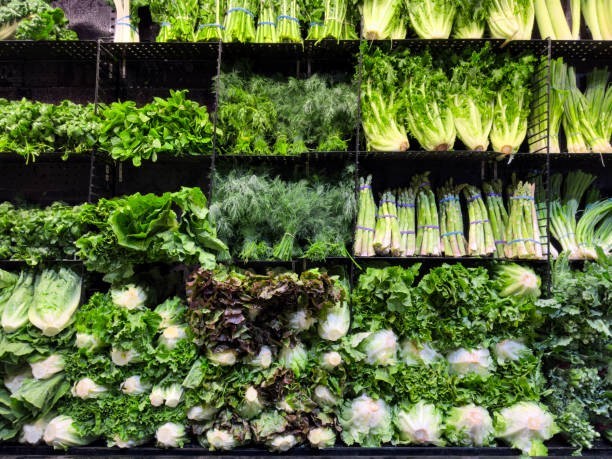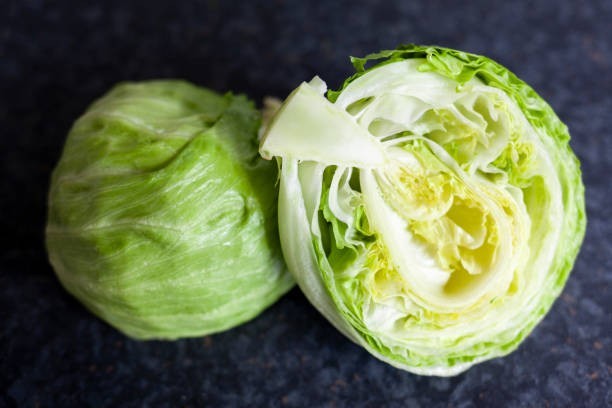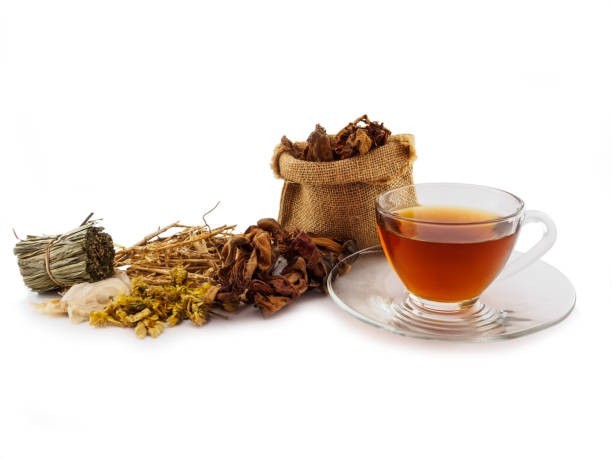views
#LettuceFacts #HealthyEating #FoodTrivia #VegetableFacts #SaladLovers #GardenFresh #EatYourGreens
1. Lettuce Dates Back to Ancient Egypt

Lettuce has been cultivated for over 4,500 years, with its earliest known use traced to ancient Egypt. Egyptians grew it not just for its leaves, but also for the oil-rich seeds. It was considered sacred to the god Min, a symbol of fertility. Depictions of lettuce even appear in Egyptian tomb paintings, showing its value as both a food and cultural symbol. This humble plant made its way from Egypt to Greece and Rome, where it became a staple in the Mediterranean diet. The Romans spread lettuce across Europe, laying the groundwork for its worldwide popularity today.
2. The Name “Lettuce” Comes From Latin

The word “lettuce” originates from the Latin word lactuca, derived from lac, meaning “milk.” This name refers to the milky sap that oozes from the stem when lettuce is cut. While harmless to humans, this sap has a slightly bitter taste and was historically believed to have medicinal properties, such as inducing sleep or aiding digestion. Ancient herbalists often recommended lettuce as a calming food. Even today, if you break a lettuce stem, you can see the milky liquid — a reminder of the plant’s deep linguistic and botanical roots.
3. Lettuce Was Once Considered a Sleep Aid

Ancient Greeks and Romans believed lettuce had sedative effects. Some varieties, especially wild lettuce (Lactuca virosa), contain compounds that act as mild natural relaxants. Roman Emperor Domitian was notorious for serving lettuce at the end of banquets to help guests wind down and sleep better. While modern lettuce varieties have much lower concentrations of these compounds, the association with relaxation persists. Herbalists still occasionally reference lettuce extract in natural remedies for stress and mild insomnia. This might explain why a crisp salad can sometimes feel surprisingly soothing at the end of a long day.
4. There Are Hundreds of Lettuce Varieties

While most people recognize iceberg or romaine, lettuce comes in a stunning range of colors, shapes, and textures. Broadly categorized into four main types — crisphead, romaine, loose-leaf, and butterhead — each group offers unique flavors and nutritional profiles. Some varieties are deep purple, while others are speckled or frilly. Farmers and gardeners worldwide continue to breed new cultivars, creating lettuces that can withstand heat, resist pests, or offer novel flavors. Whether you want a sweet, crunchy bite or a tender, buttery leaf, there’s a lettuce variety for every palate and culinary style.
5. Iceberg Lettuce Dominated the U.S. for Decades

For much of the 20th century, iceberg lettuce was the most popular variety in the United States. Its crisp texture, mild flavor, and long shelf life made it perfect for transportation and storage — key factors before widespread refrigeration. Iceberg became a staple in burgers, sandwiches, and salads. While more nutrient-rich lettuces have gained popularity in recent years, iceberg remains beloved for its refreshing crunch. Its rise also helped make salads a standard part of American dining, influencing how vegetables were marketed and consumed nationwide.
6. Lettuce Can Grow in Space

In 2015, NASA astronauts aboard the International Space Station successfully grew and ate red romaine lettuce. This experiment, part of NASA’s “Veggie” project, was a milestone in space farming research. Growing fresh produce in space helps astronauts get essential nutrients and adds psychological comfort during long missions. Lettuce was chosen for its fast growth, relatively low resource requirements, and safety when eaten raw. The success of this experiment marked a step toward sustainable long-term space travel, where fresh greens could be a regular part of astronauts’ diets millions of miles from Earth.
7. China Produces the Most Lettuce in the World

China leads global lettuce production by a wide margin, accounting for over half of the world’s supply. The vegetable is a popular ingredient in Chinese cuisine, where it’s often stir-fried, steamed, or added to soups — not just eaten raw. Lettuce is also considered a symbol of prosperity and good fortune in Chinese culture, especially during Lunar New Year celebrations. The Cantonese word for lettuce, “sang choi,” sounds like “growing wealth,” making it a festive and auspicious food. This blend of culinary use and cultural meaning keeps lettuce deeply rooted in Chinese traditions.
8. Lettuce Contains More Water Than You Think

Lettuce is about 95% water, making it one of the most hydrating vegetables you can eat. This high water content gives lettuce its refreshing crunch and low calorie count, making it a diet-friendly food. However, this also means lettuce has a relatively short shelf life once harvested, especially delicate varieties like butterhead. Its water-rich nature helps explain why it’s such a cooling food for summer salads and why it can wilt quickly without proper storage. Pairing lettuce with more substantial ingredients can make salads both satisfying and nutrient-rich.
9. Lettuce Has Made Its Mark in Pop Culture

While not the most glamorous vegetable, lettuce has popped up in pop culture, from cartoons to comedy sketches. In the 1980s, the “lettuce diet” gained brief fame as a fad weight-loss plan. Lettuce also plays symbolic roles — sometimes representing health and freshness, other times humorously linked to blandness. Even in music, lettuce has inspired band names (like the funk group “Lettuce”) and quirky song lyrics. This shows how even the simplest foods can take on cultural life far beyond the dinner table, often in unexpected and lighthearted ways.
10. Wild Lettuce Has Medicinal Uses

Wild lettuce (Lactuca virosa) isn’t the same as the salad greens you find in stores. It has been used in traditional herbal medicine for centuries, often referred to as “lettuce opium” because of its mild sedative properties. Historically, it was brewed into teas or made into tinctures to ease coughs, pain, and insomnia. While its effects are nowhere near as strong as true opiates, its reputation in folk medicine endures. Modern herbalists still explore its uses, though it’s less common in mainstream healthcare. This lesser-known cousin of cultivated lettuce shows just how diverse the lettuce family really is.




















Comments
0 comment